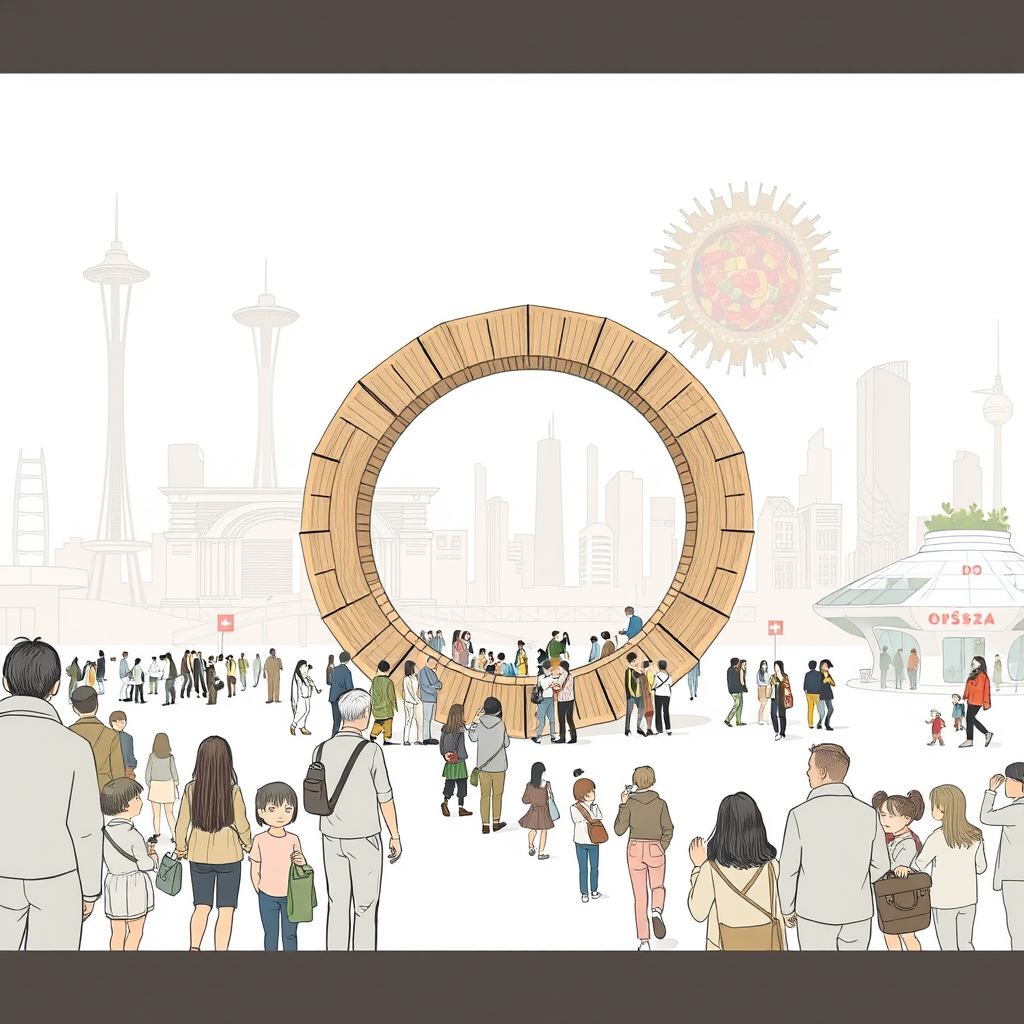World Expo 2025: Purpose, Impact, and Future?

Osaka, Japan is currently hosting Expo 2025, prompting a renewed discussion about the relevance of World’s Fairs in the 21st century. These massive events, tracing their origins back to London’s 1851 Great Exhibition, aim to showcase technological and cultural advancements, but in an age of instant global communication and readily accessible travel, their purpose is increasingly questioned.
The Osaka Expo, featuring displays from 160 countries and regions, intends to revitalize the Expo concept. Historically, these fairs weren’t simply technology showcases; they also, regrettably, included problematic displays exhibiting people from colonized nations. While modern Expos strive for inclusivity and progress, the core question remains: are they still necessary?
Critics argue that the internet, mass media, and affordable travel have rendered the in-person spectacle redundant. Global instability and trade tensions further undermine the idealistic values traditionally promoted at these events. However, organizers and attendees like middle school teacher Yusuke Nagasawa emphasize the unique value of direct, personal exchange – “unexpected encounters” that cannot be replicated online. Nagasawa plans to bring 140 students, believing the experience offers a tangible connection to different cultures.
This year’s Expo boasts impressive displays, including a Martian meteorite, lab-grown beating heart tissue, and the world’s largest wooden architectural structure. The International Exhibitions Bureau, based in Paris, oversees the selection of host cities, with Osaka having previously hosted in 1970, attracting a record 64 million visitors. The United States was once a frequent host, leaving behind iconic landmarks like Seattle’s Space Needle, but hasn’t held an Expo since 1984, with some suggesting the Olympics and theme parks have eclipsed their popularity.
Architecture consistently plays a central role, and this year is no exception. National pavilions are designed to impress, with China’s evoking calligraphy and Portugal’s, designed by Kengo Kuma, utilizing ropes to mimic ocean waves. Experts like Isaac Lopez Cesar highlight the fairs as testing grounds for architectural innovation and new materials.
Despite a focus on sustainability – exemplified by the Swiss pavilion’s commitment to a minimal ecological footprint – the temporary nature of Expos raises environmental concerns. Following the event in October, Osaka’s artificial island will be repurposed for a casino resort, a decision that underscores the inherent contradiction between promoting sustainability and constructing temporary infrastructure. Only a small percentage of the wooden “Grand Ring” structure will be reused.
Ultimately, while the Expo’s long-term impact remains to be seen, it serves as a reminder of humanity’s enduring desire to connect, innovate, and showcase its achievements. Whether it can justify its considerable cost and environmental footprint in the modern era is a question that Expo 2025 will, in part, attempt to answer. The event feels like a nostalgic nod to a bygone era, attempting to adapt to a world that has fundamentally changed how we share information and experience culture.